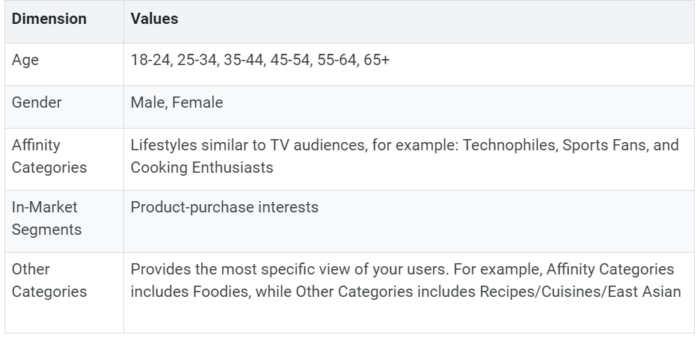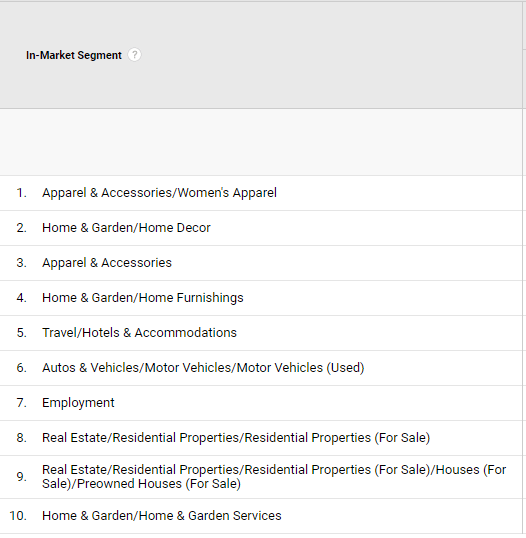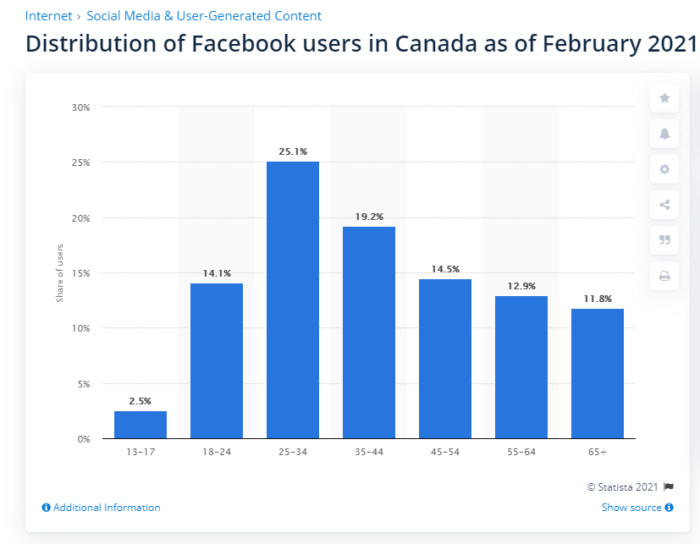Generating Effective Data-Driven Personas
“Who are you?”
That is the question that customer personas seek to answer by acting as detailed, semi-fictional representations of key segments within a brand’s primary audience.
Customer personas can aid in creative and copy design, campaign execution strategy, and in-platform optimization. Well crafted personas need to be data driven to be effective, which is why it’s important to leverage your existing ecommerce data, CRM systems, website analytics, and market research when developing personas.
So, where do we start?

Step One: Determine Your Objective
Is the intent to craft personas for a brand’s most high value customers? Do we want to better understand what kind of content customers consume? Are we trying to identify new types of clients or markets? Defining your objective is a critical step that will help guide you through the second step of data collection, and will also give purpose and direction to the persona development itself
Step Two: Gather and Compile Data
The standard reports within Google Analytics allow us to identify various dimensions that can be used to generate personas. By retrieving metrics such as sessions, transactions and revenue within the context of one or multiple Google Analytics ‘dimensions’, we can start to identify unique personas based on our initial objective.
Google Analytics offers multiple Demographic & Interest dimensions (listed below) as part of reporting; however, additional insights can also be gleaned from the Geography, Behaviour, and Ecommerce reports within Google Analytics.

Let’s put this into Practice!
For this example, let us say that our objective is to “generate personas for the main types of high-value customers of our business”.
Beginning with Age & Gender Dimensions, we may learn that ages 25-34 are the highest-performing age segment, followed by the 35-44 segment, both in revenue and transaction quantity.
Drilling down we find that of the 25-34 age group, females result in 57% of revenue and males in 43%, while for ages 35-44 we see 56% females and 44% males in terms of revenue.

For females ages 25-34 we can review top revenue-generating “In-Market Segments” (product-purchase interests) and Other Categories (a more granular view of affinity categories).


For females ages 25-34, In-Market Segments encompass Apparel & Accessories, Home & Garden and Real Estate, while for males ages 25-34, the In-Market Segment skews heavily to Autos & Vehicles. We can use this information to help shape the interests, or psychographics, of our target personas.
Remember that customer personas have to be relevant. While we may initially pull the data based on age range and gender, if there is no clear indication that a specific age group or gender is notably different than the other, then it doesn’t warrant making those distinctions in the personas themselves. However, based on our examples of the ages 25-34 audience, we do see some notable differences and themes that would justify distinguishing between genders at this segment.
Last, but certainly not least, compiling ecommerce data via Google Analytics adds additional depth to your personas. Identifying top performing products (via product revenue, product mark-up or quantity sold) and then applying this information as a segment to the Audience reports will help to determine how these product purchases fit into the overall persona.
Step Three : Incorporating Additional Data Sources
While Google Analytics can provide a strong foundation for developing customer personas, leveraging alternative sources including CRMs, market research, and the various media platform audience data sets helps us both to tailor and shape the personas, and “humanize” them while still maintaining it’s foundation in data.
For example, using Statista, we know that the highest number of Facebook users in Canada is within the 25-34 age group. If we compare this to the quantity of organic sessions that result from Facebook in Google Analytics (22%), we can then consider Facebook as a key social media platform for our personas.

Step Four: Implement & Refine
A customer persona’s value is in its ability to accurately reflect real world buyers. One method of testing this is to provide digital marketers with persona metrics that can be used to generate audiences and test these persona audiences against other common audience groups such as ‘cart abandoners’ or ‘all website visitors’.
Further refinement can come in the form of tweaking the persona to align with platform specific targeting and terminology. For example, when looking at Google Analytics in the Auto & Vehicles Category, Analytics will drill down to identify ‘Vehicle Brand’, ‘Type’ and ‘New vs. Used’, while Facebook Interests categorizes Vehicles as being a subset of Hobbies & Activities, but then also provides more granular interests that may or may not fit into the original subset.
For example, within Facebook’s Detailed Targeting for ‘Automobiles’, falls under Interests-Hobbies & activities-Vehicles, while ‘Luxury vehicle’ is categorized under Interests-Additional interests. Being mindful of these variations and differences from platform to platform should greatly increase the accuracy and usability of your personas.
A Cautionary Tale
When using Google Analytics data, it is important to be mindful that large date ranges, and multi-layer drilldowns, can result in data sampling. It’s also worth noting that Google Analytics cannot determine demographics for all visitors to a website – when analyzing reports, you may only see 25% of sessions attributed to an age or gender demographic.
Despite these limitations, Google Analytics does provide a strong foundation from which to build upon as you leverage and pull data from your various other platforms and systems.
Lastly, try to avoid including irrelevant or anecdotal information, and this includes personal bias and assumption. Unless you have the research to support that your target audience consists of chardonnay drinking divorcees, then there is no reason to include it in the persona.
The Craft
Crafting customer personas can seem daunting at first, but breaking it down into more manageable steps and utilizing your data sources, such as Google Analytics, can take out the guesswork and human fallibility out of the picture.
Simply put, start with the basic demographics, layer in additional sources such as interest and psychographics, then test and adjust overtime, and you will be set up for success.
Do you have any neat tricks or platforms that you use when developing personas? I’d love to hear about it in the comments below.